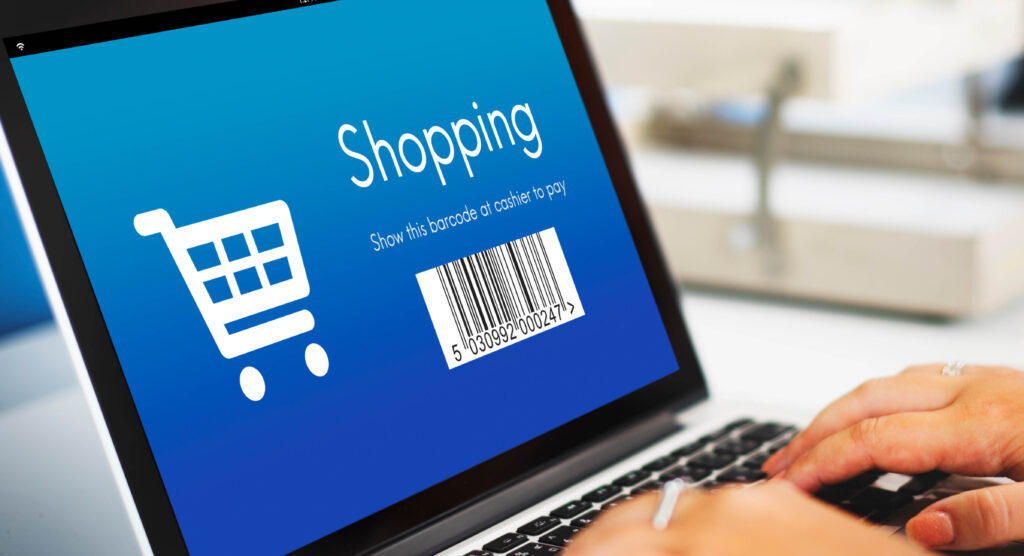Shopify has rapidly become one of the most popular e-commerce platforms for businesses looking to establish and grow their online presence. Whether you’re a startup or an established business, Shopify offers a range of tools and features that make setting up an online store easy and efficient. In this guide, we’ll explore the ins and outs of Shopify, highlighting key features, benefits, and tips for maximizing your store’s potential.
What is Shopify?
Shopify is a comprehensive e-commerce platform that allows individuals and businesses to create an online store to sell products or services. It simplifies the process of launching and managing an online store with features such as customizable templates, secure payment processing, inventory management, and marketing tools. With Shopify, users don’t need advanced technical skills to set up and run a professional-looking online store.
Why Choose Shopify?
- Ease of Use: Shopify is designed with simplicity in mind.
- Customizable Themes: Shopify offers a range of free and premium themes that are fully customizable. This flexibility allows users to design stores that match their brand’s unique style.
- Secure Payment Processing: Shopify supports various payment gateways, including its built-in Shopify Payments system, which ensures secure and seamless transactions.
- Scalability: Whether you’re just starting or growing into a large enterprise, Shopify scales with your business. It offers various plans and features to accommodate different business sizes.
- 24/7 Customer Support: Shopify provides reliable support via chat, email, and phone, ensuring you get the help you need whenever you need it.
Key Features of Shopify

1. Shopify Dashboard
The Shopify dashboard serves as the command center for your online store. From here, you can manage all aspects of your business, including orders, inventory, customers, and analytics. The dashboard provides insights into your store’s performance, allowing you to make data-driven decisions to grow your business.
2. Product Management
Shopify simplifies product management, allowing you to easily add, edit, and categorize products. You can upload high-quality images, write detailed descriptions, set prices, and manage inventory. Shopify also supports bulk product uploads, which is particularly useful for stores with extensive product catalogs.
3. Shopify App Store
The Shopify App Store offers thousands of third-party apps that enhance your store’s functionality. Whether you need tools for marketing, shipping, or customer service, there’s likely an app for that. Popular apps include:
- Oberlo for dropshipping.
- Klaviyo for email marketing.
- Yotpo for customer reviews.
These apps integrate seamlessly with your Shopify store, allowing you to customize your store’s functionality to suit your business needs.
4. Shopify Payment Gateways
Shopify Payments, the platform’s native payment processor, simplifies the checkout process and reduces transaction fees.
5. Marketing and SEO Tools

Shopify offers built-in marketing tools that make it easy to promote your store. You can create email marketing campaigns, run promotions, and integrate social media platforms. In addition, Shopify provides SEO-friendly features like customizable meta titles, meta descriptions, and URLs, helping your store rank higher on search engines.
6. Analytics and Reporting
With Shopify’s powerful analytics tools, you can track your store’s performance in real-time. The platform provides reports on sales, customer behavior, and marketing campaigns. Advanced analytics options allow you to measure conversion rates, understand traffic sources, and optimize your sales funnel for better results.
7. Shopify POS
For businesses with both online and physical storefronts, Shopify’s Point of Sale (POS) system allows you to manage sales in-person and online from one centralized platform. Shopify POS syncs with your online store’s inventory, ensuring you always have accurate stock levels and sales data, whether you’re selling in-store or online.
Shopify Pricing Plans
Shopify offers multiple pricing tiers to accommodate different business needs and sizes:
- Basic Shopify: $39/month – Ideal for small businesses starting out, offering basic e-commerce features, two staff accounts, and shipping discounts.
- Shopify: $105/month – Best for growing businesses, this plan offers more advanced features, including professional reports and up to five staff accounts.
- Advanced Shopify: $399/month – Suitable for larger businesses, it includes advanced reporting, custom report-building features, and the ability to calculate shipping rates.
- Shopify Plus: Custom pricing – Designed for high-volume businesses, Shopify Plus offers enterprise-level features, including enhanced customization and priority support.
Each plan includes hosting, a custom domain, SSL certification, and 24/7 customer support, ensuring a smooth and secure experience for your customers.
How to Set Up a Shopify Store
. Below are the key steps to get your online store up and running:
1. Sign Up for Shopify
Visit the Shopify website and sign up for a free trial. You will be prompted to enter your business details, such as your store name, email, and password.
2. Choose a Theme

Once your store is created, you can browse through Shopify’s theme library to select a design for your store. Customize the theme to match your brand’s identity by adjusting colors, fonts, and layouts.
3. Add Products
Upload your products, complete with images, descriptions, and pricing. Use Shopify’s product organization features to categorize products into collections for easy browsing.
4. Set Up Payments
Connect your preferred payment gateways so customers can purchase from your store. Shopify Payments is the easiest option, but you can also integrate PayPal or other third-party processors.
5. Configure Shipping
Set up your shipping rates and methods based on the regions you’ll be shipping to. Shopify allows you to offer free shipping, flat rates, or real-time carrier rates depending on your preferences.
6. Launch Your Store
Once everything is in place, you can remove the password protection from your store and go live. Congratulations—your Shopify store is now ready for business!
Tips for Maximizing Shopify Success

- Optimize for SEO: Make sure your product descriptions are keyword-rich and include meta titles and descriptions that will improve your ranking on search engines like Google.
- Leverage Social Media: Integrate your store with social media platforms like Instagram and Facebook to drive traffic and increase sales through social commerce.
- Utilize Email Marketing: Collect customer emails and create email campaigns to engage potential buyers, promote sales, and share updates on new products.
- Install Customer Support Tools: Add live chat or customer service apps to provide immediate assistance to visitors, improving their shopping experience and increasing conversion rates.
- Regularly Update Content: Keeping your store fresh with new products, updated blog posts, and promotional campaigns ensures that visitors stay engaged and returning customers find value in coming back.
Amazon: The Empire of Modern E-commerce